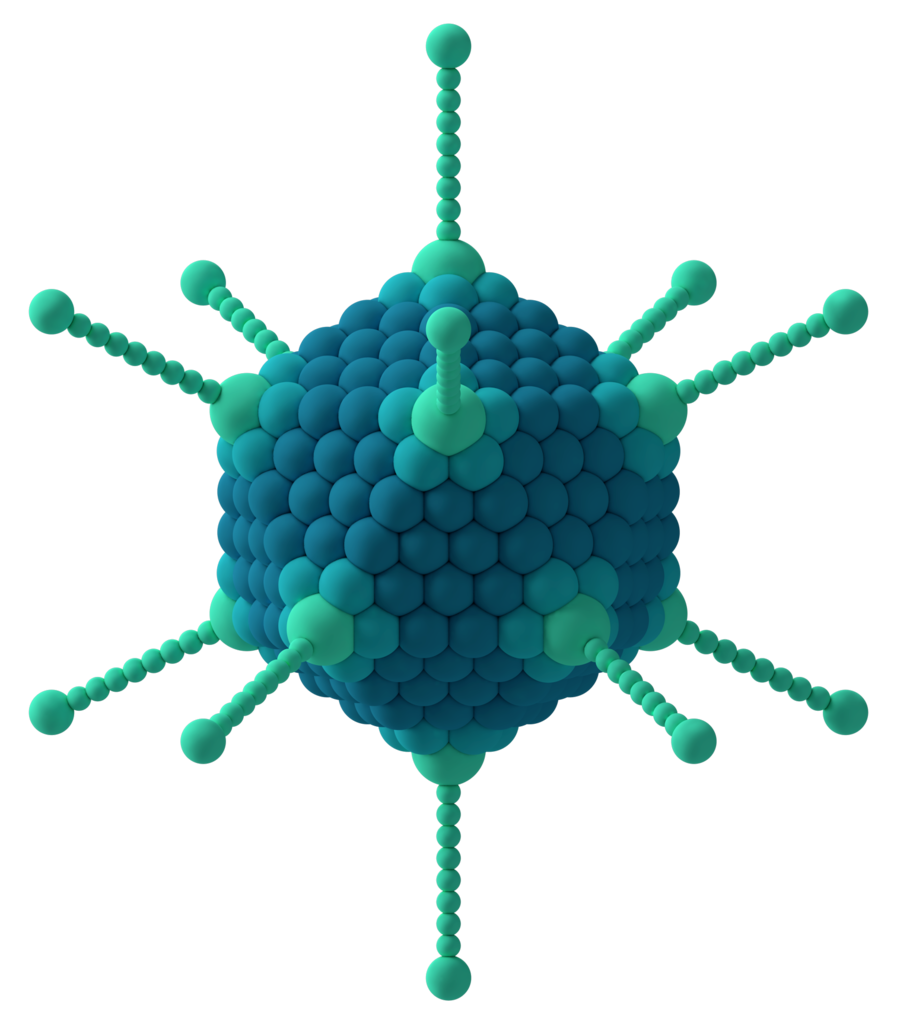
SINGAPORE -- Human adenovirus infections in Singapore and Malaysia have caused severe respiratory disease among children and adults in recent years, but scientists still don’t know whether these outbreaks were caused by new or re-emerging virus strains.
In the first large-scale study to systematically identify adenovirus strains in Singapore, scientists led by Duke-NUS Medical School have discovered four new strains and found an increase in two strains linked to severe diseases.
Adenoviruses are a family of viruses with over 50 known strains that can infect people of all ages and most commonly infect the respiratory system. The common cold, sore throat and fever are among the symptoms brought about by different adenovirus strains. In some cases, adenoviruses can cause severe respiratory symptoms, including pneumonia, or more life-threatening conditions, like organ failure, in patients with weakened immune systems.
Using a genotyping algorithm to study human adenovirus (HAdV) infections among patients from two large public hospitals in Singapore, the researchers tested more than 500 clinical samples from pediatric and adult patients.
“We detected four new HAdV strains closely related to a strain isolated from an infant in Beijing during an epidemic in 2012–2013,” said the study’s lead author, Kristen Coleman Ph.D., from the Emerging Infectious Diseases (EID) Programme at Duke-NUS Medical School.
“Our results also highlight an increase in HAdV types 4 and 7 among the pediatric population over time,” Coleman said. “Patients with weakened immune systems and those with HAdV types 2, 4 or 7 were more likely to experience severe disease.”
“The high prevalence and severity of HAdV type 4 infections identified in our study is intriguing,” said Dr. Gregory Gray, a professor in the EID Programme at Duke-NUS and member of the Duke Global Health Institute.
Given the study results, the authors suggest public health officials and clinicians in Singapore consider using antiviral therapies and adenovirus vaccines. They also recommend Singapore and other countries considering new HAdV treatment and control measures should conduct periodic and routine adenoviral genotype surveillance to collect the data needed to make informed, evidence-based decisions.
“Upon its discovery in the 1950s, HAdV type 4 was largely considered restricted to and controlled by vaccine in the U.S. military population, with rare detections among civilians,” Gray said. “Singapore would benefit from more frequent studies of clinical HAdV genotypes to identify patients at risk for severe disease and help guide the use of new antiviral therapies.”
CITATION: “Adenoviral Infections in Singapore: Should New Antiviral Therapies and Vaccines be Adopted?” Kristen K Coleman, Chui Ching Wong, Jayanthi Jayakumar, Tham T Nguyen, Abigail W L Wong, Su Yadana, Koh C Thoon, Kwai Peng Chan, Jenny G Low, Shirin Kalimuddin, Shoaleh Dehghan, June Kang, Amirhossein Shamsaddini, Donald Seto, Yvonne C F Su, Gregory C Gray. The Journal of Infectious Diseases, Sept. 30, 2019. DOI: 10.1093/infdis/jiz489